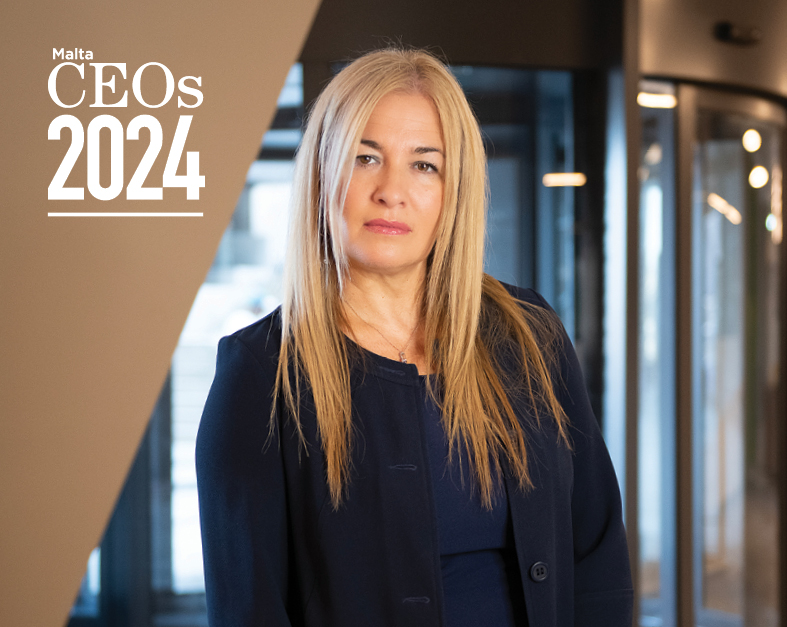In this current war for talent, I get asked how you can attract and retain talent – are team members jumping from company to company as an opportunity to better their salary and benefits? In my answer, I usually say that whilst it could be for a mix of reasons, including salary, benefits, and their manager, a great workplace culture truly matters.
What is workplace culture?
Culture is defined in many ways. One of the more commercial ways of thinking about it is that culture is the degree of alignment between strategy and the way employees think and behave.
In 2016, HBR ran an article titled ‘Manage Your Emotional Culture’. The article talks about and distinguishes between Cognitive Culture and Emotional Culture. It goes on to talk about the fact that emotional culture is rarely managed as deliberately as cognitive culture, and that it’s often not managed at all. It gives some great examples of how companies suffer as a result. Employees who should be showing compassion – in health care, for example, become insensitive and indifferent. Teams that would benefit from joy and pride instead tolerate a culture of anger. People who lack a healthy amount of fear (examples may be security firms or investment banks) act recklessly. The effects can be especially damaging during times of disturbance, such as organisational restructurings and financial downturns.
To understand emotional culture, we must ask: Why do we react the way we do, how does others’ behaviour impact us the way it does?
We all experience a wide range of pleasant and unpleasant feelings at work, as we interact with colleagues, customers, suppliers and others. These feelings influence our decisions, behaviour and performance.
Pleasant feelings have a ‘broaden and build’ effect, causing us to think more broadly, engage more deeply and perform better.
Unpleasant feelings tend to have a ‘narrowing and limiting’ effect, causing us to be more closed-minded, less engaging and poorer at performing.
Collectively, these emotions impact the bottom line for better or worse.
Think about your positive and pleasant experiences in the workplace for a moment.
- When people feel relaxed at work, they tend to be solution-focused.
- When they feel involved, they often promote the brand.
- When they feel cared for by the company, they go above and beyond in the level of discretionary effort they put towards the company.
- Finally, employees that are empowered are often the hardest working and most innovative team members.
Conversely, let’s look at negative or unpleasant emotions.
- When people feel anxious, they are more likely to be reactive.
- When stressed, we can become aggressive. It’s human nature.
- When an employee feels fearful, they can sometimes blame others.
- Finally, when people feel disempowered, they can assume a lack of responsibility and ownership for their work.
Emotional culture surveys are the most direct and impactful way to measure emotional culture because they measure three distinct things to help identify whether or not emotions experienced need to shift. They measure:
- Experienced emotions – how your people are feeling
- Expected emotions – how they’d ideally like to feel
- Ideal or desirable levels of emotions
By understanding the gaps, you can do something about them. It allows you to more easily understand where the differences are – so you can be informed in making decisions for your training and development of your teams and workplace culture. You can continue to strive to be a great place to work.
As we enter into a world of AI, automation and machine led learning, our ability to feel and be human is what makes us unique. Visit my page for further insight or to experience the Emotional Culture Index.
Karl Grech coaches mid to senior leaders to inspire, motivate & engage their team. He supports people to gain confidence in their leadership role and helps them overcome challenging situations. Karl is an Associate Certified Coach (ACC) with the International Coaching Federation (ICF). He can be reached at [email protected] or visit www.karlgrech.com to learn more.
How to prioritise tasks when everything is important
Effective prioritisation can help establish the areas of focus that really matter.
Why active listening makes people better leaders
Being a good listener is considered among the most important leadership skills.
Leaders, what is your relationship with ‘rest’?
Understanding our attitudes and behaviours around rest can empower us to learn how to rest in a way that prevents ...
Say goodbye to your 60-hour work week
7 tips to stop business leaders from overworking.











